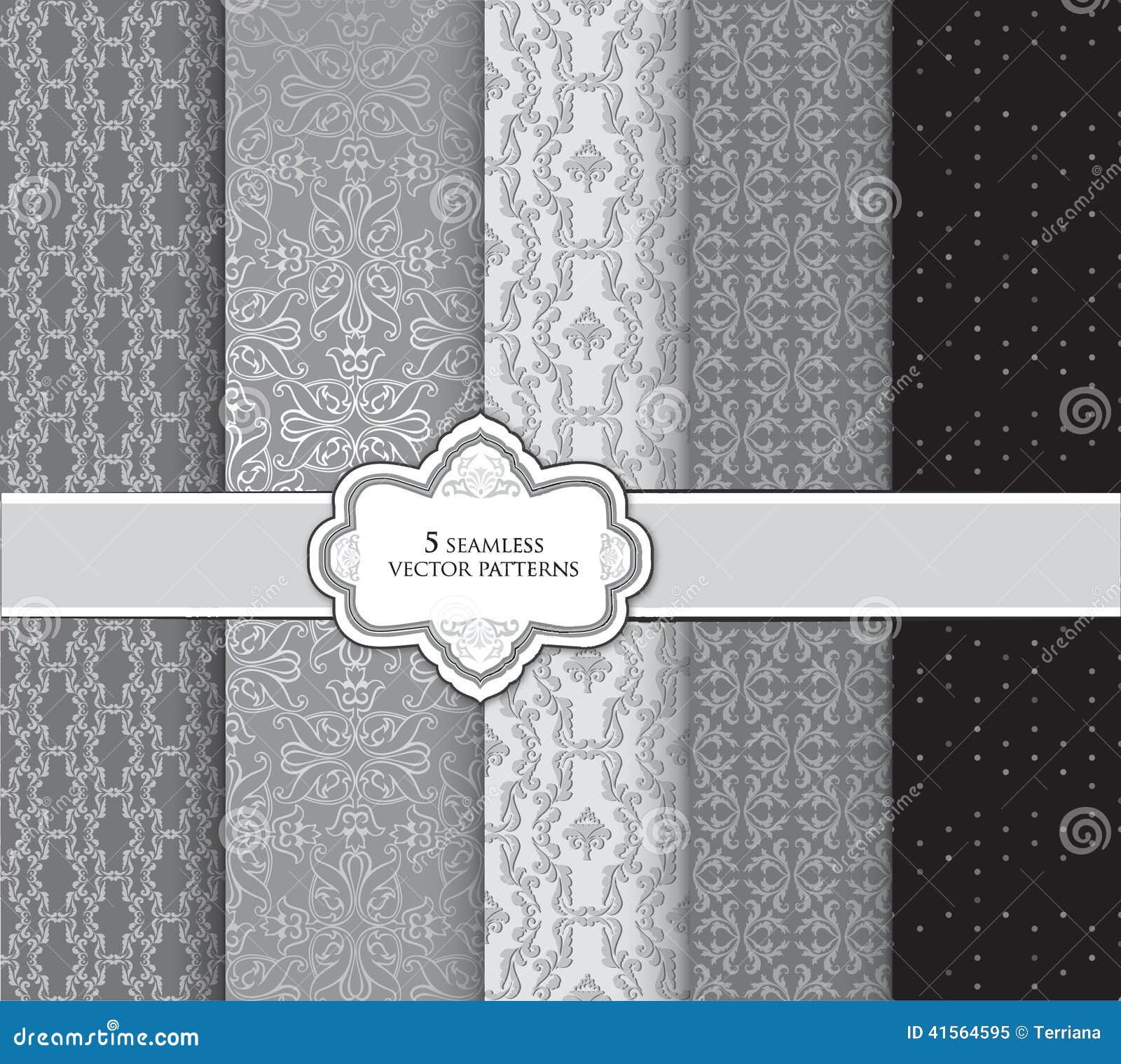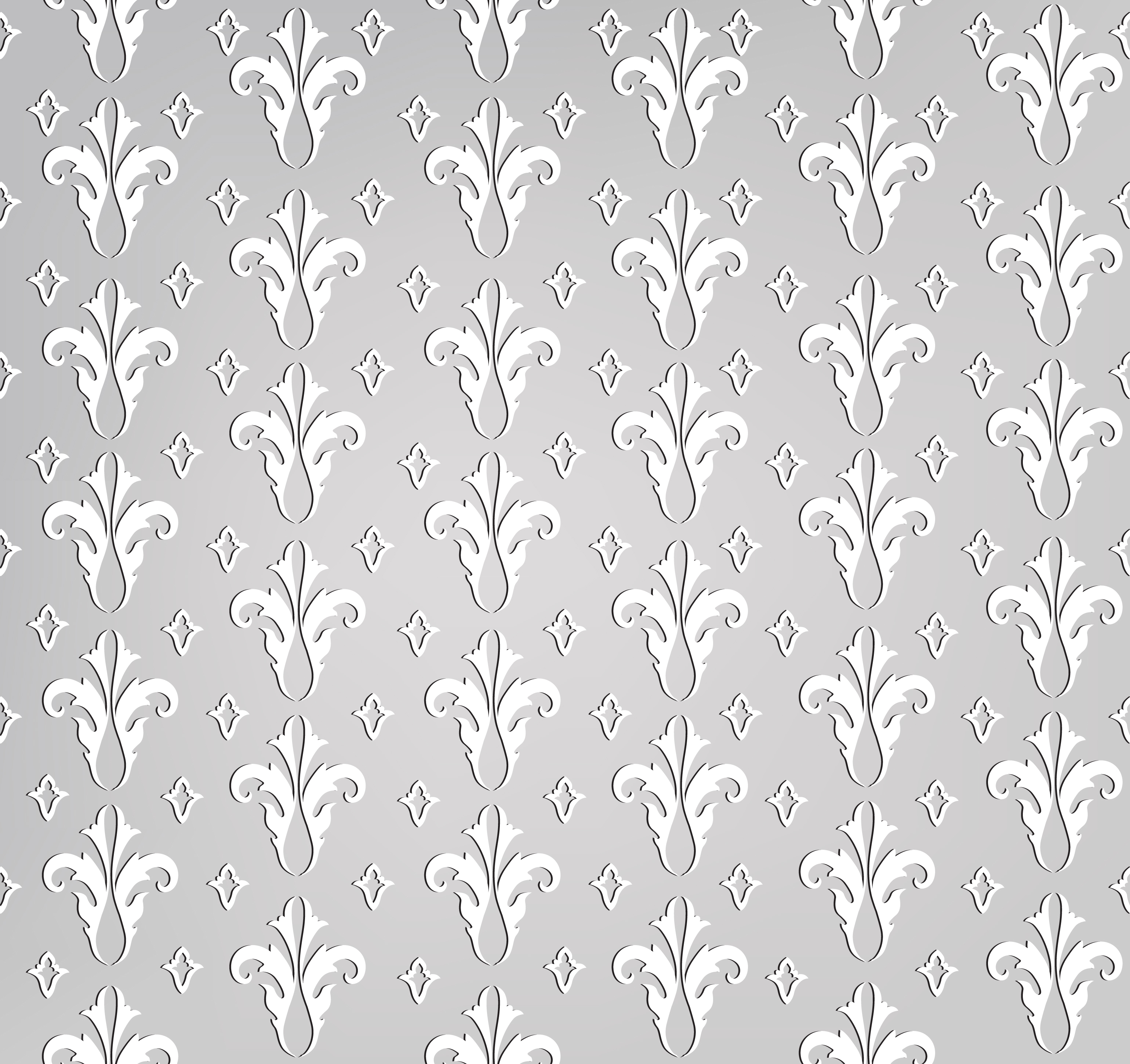
The rumals began to lose their sacredness, today most rumals are made by families trying to sell them to survive, and the Chamba Rumals are not of the same quality as they were in the 17th and 18th century. Not long after its height of popularity in the 18th century the chamba rumal's popularity declined. Chamba embroideries often began by drawing an outline on the rectangular square of fabric, while originally embroidered by women at the height of popularity in the 18th century many male painters drew the outlines and embroidered the clothe themselves to ensure high quality work. Original Chamba embroideries were very important in marriages as the embroideries were kept as the brides dowry.

The original Chamba embroideries were done by women or young children, the embroideries often depicted gods or goddesses. While the chamba rumal originated in the 17th century it reached widespread popularity in the 18th century after rulers in the Himalayan region patronized Chamba Rumal embroiderers. While untwisted silk is most common some Chamba embroidery make use of thin metal wires or metallic yarn. Chamba embroidery has its own distinctive style, small squares or rectangles of clothe embroidered with untwisted silk threads. The Chamba region has highly skilled craftsmen. This embroidery flourished in the princely hill states of Kangra, Chamba, Basholi, and other neighbouring provinces.

It originated in Chamba kingdom of Himachal Pradesh in 17th century.

Main article: Chamba Rumal Chamba Rumal with Scenes of Sita and Hanuman

The other hand feeds the thread from the underside, and the hook brings it up, making a chainstitch, but it is much quicker than chainstitch done in the usual way: looks like machine-made and can also be embellished with sequins and beads - which are kept on the right side, and the needle goes inside their holes before plunging below, thus securing them to the fabric.there are many types of materials used like zari threads, embellishments,sequins etc.Īari embroidery is practiced in various regions such as in Kashmir and Kutch ( Gujarat). The fabric is stretched on a frame and stitching is done with a long needle ending with a hook such as a crewel, tambour (a needle similar to a very fine crochet hook but with a sharp point) or Luneville work. This movement creates loops, and repeats of these lead to a line of chain stitches. Los Angeles County Museum of Art.Īari work involves a hook, plied from the top but fed by silk thread from below with the material spread out on a frame.


 0 kommentar(er)
0 kommentar(er)
